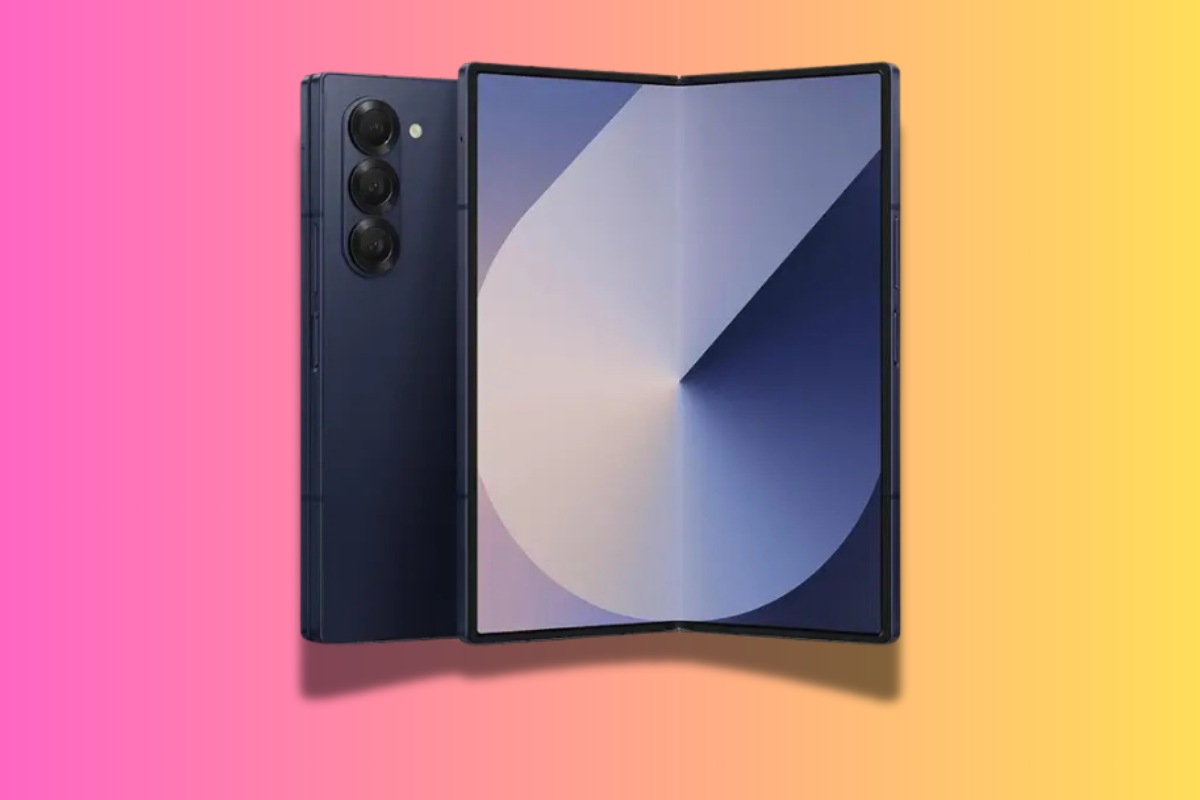Has somebody just asked you for a URL and you have no idea what they’re referring to? Allow us to explain what they’re asking for…
Sometimes, people like to sound smart.
They often do this by using alternative words that you may not be familiar with.
While the issue in question could also come down to the industry the person works in – if they’re in IT then “URL” may often be a more appropriate word – there usually is a much clearer way of referring to what a URL is.

The majority of us use them every day, yet at no point while using them is there any indication of them being called a “URL”, so allow us to clear this up for you…
What Is A URL?
A Uniform Resource Locator, or URL, is a method of identifying the origin of a resource on the web. They’re what we use to access webpages as well as download photos, movies, software applications, and other sorts of items stored on a server.
Double-clicking a file on your PC opens it, but we have to use URLs to access files on distant systems, such as web servers, so that our web browser understands where to search.
In many instances, “URL” is used in place of “web address”, though, so a URL can be as simple as a standard web address, such as “https://www.knowyourmobile.com/”.
So, unless somebody is asking for the URL for a specific image on the web, you can usually just get away with linking them to the website.
Examples Of URL
As of writing this, the URL is obviously not live yet, but if you look up to your search bar, you’ll see that the URL is along the lines of:
“https://www.knowyourmobile.com/user-guides/what-is-a-url-how-do-they-work/”
Or at least now I’ll make sure it is.
This is a basic URL that locates the exact page you are looking at now.
However, a URL can be much more specific, such as:
“https://www.knowyourmobile.com/wp-content/uploads/2022/04/joe-rogan-morning-routine.jpg“
Look, it’s Joe Rogan! Here’s the URL for if you’d like to learn about his morning routine (it’s as active as you’d imagine):
“https://www.knowyourmobile.com/news/joe-rogans-morning-routine-is-as-active-as-youd-imagine/“
How Is A URL Structured?
Each part of a URL serves a specific purpose – it’s far from just being randomised code.
Here’s how the URL for the picture of Joe Rogan can be broken down:
- “https://” is the protocol that defines the type of server that you’re communicating with.
- “Knowyourmobile” is the domain name or website name.
- “Com” is the TLD or “top-level domain”, similarly to “.co.uk”, “.net” and the like.
- “wp-content/uploads/2022/04” denotes the web page or file’s directory. These are the real directories that you’d go through on the webserver to locate the file that this URL specifies.
- “Joe-rogan-morning-routine.jpg” is the file itself that the URL is pointing towards.
URL Syntax Information
A URL may only include letters, numbers and the following characters: ()! $-‘ *+.
To be approved, further characters must be encoded. Some URLs have parameters that separate them from other variables.
Whether the text of a URL is in upper-case or lower-case is important in certain parts of a URL, particularly anything following the domain name (the directories and file name).
When you see a question mark in a URL, it means you wish to submit a particular command to a script housed on Google’s server in order to receive personalised results.
Whatever is put after the?q= section of the URL is detected as the search term by the particular script that Google employs to perform searches, thus whatever is typed at that point in the URL is used to search on Google’s search engine.
After a question mark, one or more ampersands are used in URLs that employ multiple variables.
The question mark will precede the first variable, but the next variable, field-keywords, will be preceded by an ampersand. An ampersand would also be used to separate other variables. “I’m searching for this? &this &this &this”.
Depending on the context, certain URLs may switch between arguments. Adding a timestamp to a YouTube video is a good example. An ampersand is required for certain connections, while a question mark is required for others.
Anchors may also be used in URLs. These are at the bottom of the page and describe where the link will take you when you click it. The number sign is used to create anchors when adding links to a web page.
Gripping URL Facts
Sad that our talk about URLs is coming to an end? Don’t worry, we’ve prepared some FUN URL facts before we part ways from this discussion.
Buckle up!
- Some URLs are quite lengthy and complicated, and it is advisable to click on them as links or copy/paste them into the address bar of your browser. A 400-series HTTP status code issue, the most frequent of which is a 404 error, may be caused by a typo in a URL.
- The port name is not required in most URLs. It is possible to open google.com by adding the port number at the end, such as http://www.google.com:80, although it is not required. You may visit the page by replacing the port with 8080 if the website was running on that port.
- If a URL leads to a file that your web browser can show, such as a JPG picture, you don’t need to download it to your machine to see it. You’ll be requested to download files that aren’t ordinarily shown in the browser, such as PDF and DOCX files, and notably EXE files.
- FTP sites utilise port 21 by design, although some could use port 22 or something else. If the FTP site does not use port 21, you must indicate which one it does in order to connect to the server properly. The same principle is applicable to any URL that utilises a port other than the one that the software used to access expects by default.



